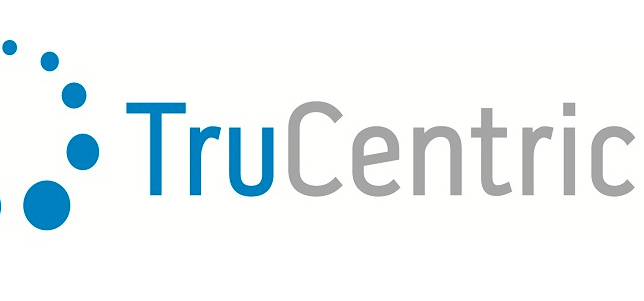TruCentric applies the Amazon model to content
by Jon Cook — Mar 19 '14
by Jon Cook — Mar 19 '14

It’s brain candy, but we can’t resist clicking on it.
Whether it’s “The Top 10 Hottest Selfies” or “One Super Food That Burns Fat Like A Furnace,” at some point we’ve been drawn to those sketchy headline links at the bottom of most web pages.
The stories often appear under a banner “Recommended For You,” or “You Might Also Like” and are produced by third party content recommendation engines such as Taboola, Gravity, Outbrain and Disqus, whose clients range from TMZ to The New York Times.
These personalization platforms have become so valuable to content publishers that AOL bought Gravity earlier this year for $90 million. The game is to learn reader preferences to keep them drilling down into your content and serving them tailor-made ads.
Now, Toronto-based TruCentric is getting in on the action, but with a slightly different play. Instead of using third-party content, aggregated from “Around The Web” like other recommendation engines, the two-year-old startup serves up reader suggestions based solely on its own clients’ content.
“A lot of those recommendations will take you offsite,” says TruCentric co-founder Dave Datars, who understands online consumer behaviour having worked in sales for Omniture and DoubleClick.
He says the Fortune 1000 companies he targets “want to be their own show, rather than buying an ad next to someone else’s show.”
Datars, 46, also knows how to build a successful startup, having previously co-founded Sparkroom, a marketing software solutions company that was sold to Nelnet Inc. (NYSE: NNI) in 2010.
TruCentric, whose clients include two of the three biggest media publishers in Canada in St. Joseph’s Communications (Toronto Life magazine) and Transcontinental (Canadian Living, Elle Canada and The Hockey News), indexes all the content on the site and marries it with the user’s viewing habits. These it predicts through a proprietary algorithm that operates similar to those on popular shopping sites.
“We’re taking the Amazon model and applying it to content,” says Datars, who claims the old online marketing tactics of buying display ads is “a race to the bottom.”
He insists the future is in understanding your customer more fully and serving them more customized ads that don’t interfere with their experience.
“A web experience today is really the same as it was 20 years ago,” insists Datars, noting his personalization tool boosts engagement, measured in page views or time spent online, by as much as 30 per cent.
Datars also claims sites that use TruCentric have seen “two to three times the conversion rates on offers,” which is crucial for media companies trying to flog paywalls or other types of monthly subscription services.
Before launching TruCentric, Datars spent six months on what he calls a “listening tour,” talking to customer relationship managers at various companies and he made three key observations: display ads, also referred to as push marketing, were waning in effectiveness; these companies had more consumer data than they knew what to do with and weren’t able to take advantage of it; and that they wanted to produce more original content as part of their marketing campaign.
While the saying “content is king” has been overused, the future success of online media may be more about how that content is served and the experience the viewer has consuming it. The more personal and customized you can make that experience, the more likely the user is to return.
And the better able you are to predict a user’s preferences, the more content you’ll be able to feed them.
“We’re connecting the dots between the user and the experience,” says Datars. “We think there’s a real growth opportunity here.”

Apr 17 '14

Apr 16 '14

Apr 15 '14

Apr 11 '14
Copyright © 2016 CommerceLab


